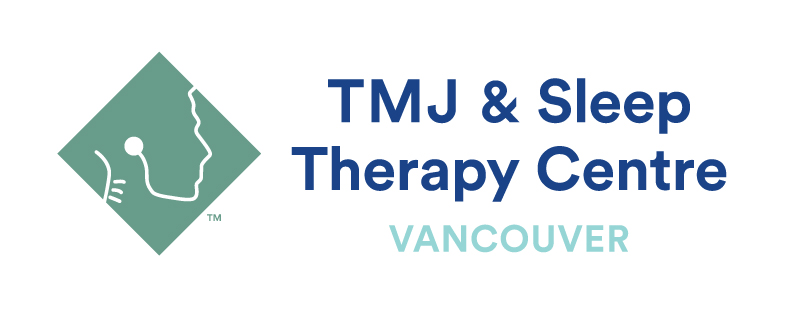The following is a summary of the diagnostic process in our practice. You can expect this at your first visit. When you book an appointment at our office, you should receive a comprehensive questionnaire that you should fill in prior to your appointment. (In case you have not received the questionnaire, you can download it from here).
The diagnosis process starts with a comprehensive documentation of your medical history, including all past medical and/or dental problems and treatments, any history of trauma (especially to the head and neck region), specific questions about your symptoms, and the nature and duration of any pain and jaw problems.
A complete physical examination for a TMJ problem will likely include:
- A cranial examination to evaluate the planes of the skull, including the alignment of the jaw joints and mouth to the rest of the body (dental plane of occlusion).
- Postural exam to discover any musculoskeletal problems that either contribute to or are the result of TMJ problems. This includes scoliosis, lower back pain and short leg syndrome, among others.
- Functional examinations to evaluate swallowing, breathing and chewing among others.
- Sleep disorders screening to evaluate if sleep apnea is present and further diagnosis is required.
- Dental examination to evaluate the shape of the dental arches, tooth wear or fractures, missing teeth, existing dental restorations or other clues.
- Neurologic examination to evaluate for nerve damage that may be related to your symptoms.
- TMJ examination to look at the ranges of motion, gait, speed and smoothness of jaw movement. Additionally, the TM joints will be checked for internal derangement, joint inflammation, pain and the presence of joint sounds.
- Joint Vibrational Analysis, a non-invasive technology that records the vibrations made by joint tissues during movement. The patterns and electronic signature of the patient’s joints are compared with known standards for healthy joints.
Based on the findings, further testing might be required; which might include imaging or other tests.
Imaging:
Depending on the nature and severity of the problem, the dentist might order specific imaging for the evaluation of hard or soft tissues. Our office uses the state of the art imaging modality: CBCT.
CBCT stands for Conebeam Computed Tomography; in layman’s terms, a CBCT is a compact, faster and safer version of a medical grade CT. Through the use of a cone shaped X-Ray beam, the sized of the scanner, radiation dosage and the time needed for scanning are dramatically reduced. The time needed for a full scan is typically under 20 seconds and the radiation dosage is up to a hundred times less than that of a regular medical CT scanner. There are many applications for using the CBCT in dentistry. CBCT will show excellent images of hard tissues (bone and teeth) however it will not show soft-tissues like cartilage, ligaments and muscles.
If soft-tissue imaging is indicated, we will prepare an MRI requisition and you will be referred to an imaging center.
